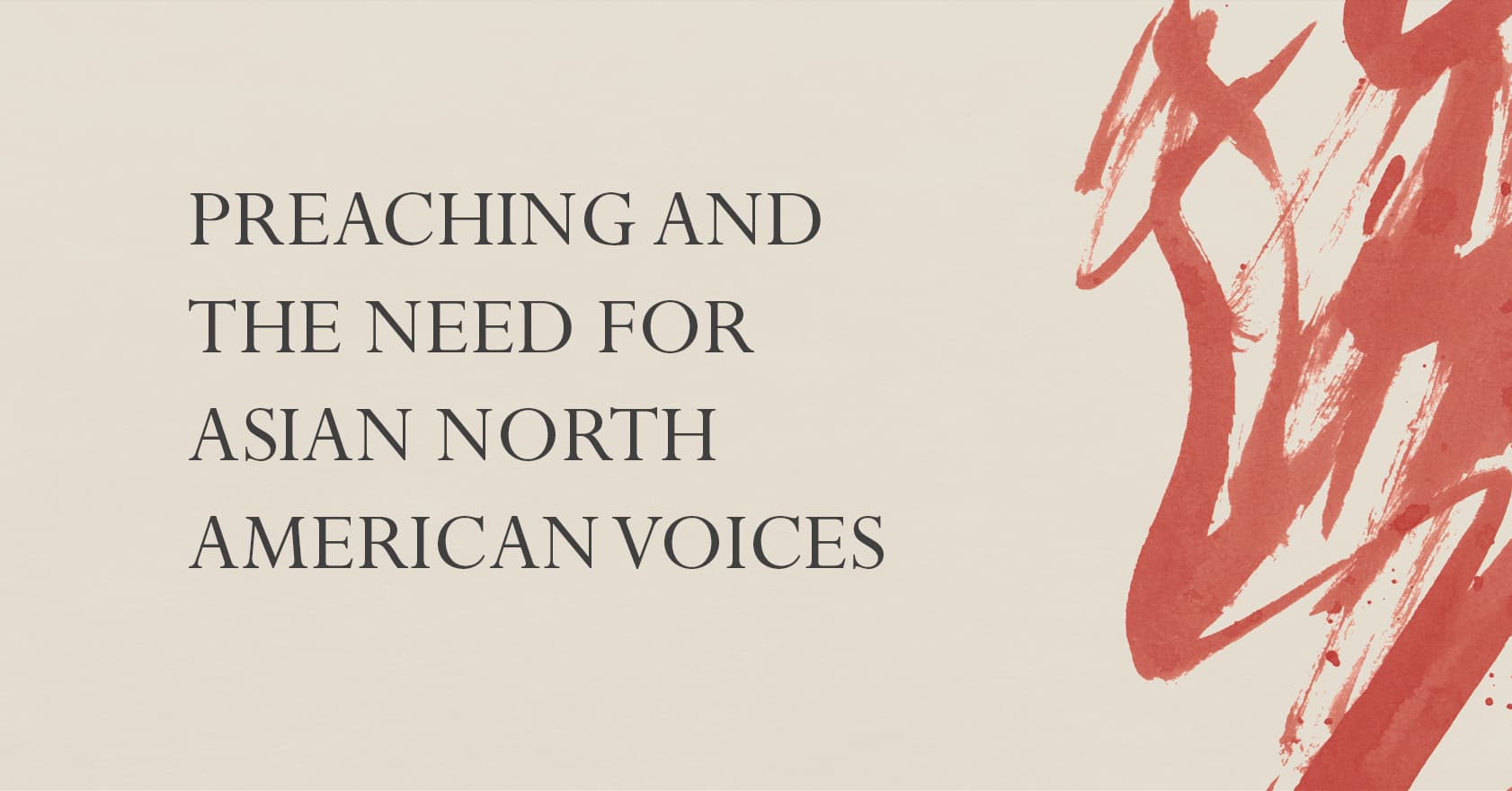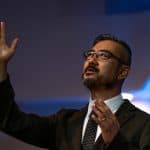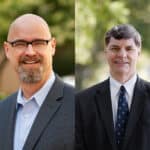
May is Asian and Pacific Islander Heritage Month. To commemorate, we’re highlighting Finding Our Voice, a forthcoming book focused on preaching to Asian North American (ANA) audiences.
Finding Our Voice is a gift that reminds ANA preachers of the value of our ethnic heritages and multicultural identities in proclaiming the gospel, even if experiences of pain and disorientation color our stories.
—Ahmi Lee, assistant professor of preaching, Fuller Theological Seminary
The following is an excerpt adapted from the preface to Finding Our Voice.
Every preacher possesses an identity and communicates out of his or her identity. If you were driving your car and surfing stations, you might stumble upon some different radio preachers. Most of us can distinguish between preachers from African American, Hispanic American, and European American backgrounds based on their distinct preaching traditions, styles, accents, and cultural traits. However, could the same be said of Asian North American (ANA) preachers? Do ANA preachers have a preaching voice? Is there anything that makes ANA preachers and ANA preaching distinct? How does our preaching reflect our both/and identity? What does ANA preaching look like today, and what could it look like in the future? These are the questions at the heart of Finding Our Voice.
We contend that ANA preachers are in need of a unique homiletical voice akin to other minority groups such as African American and Hispanic American preaching traditions. Preaching to listeners who embrace this both/and identity as ANAs requires apt contextualization with a culturally aware hermeneutic and homiletic. For this reason, we seek to name the hermeneutical, theological, and homiletical distinctives of ANA preaching in order to help preachers understand the specific characteristics and challenges that distinguish preaching in ANA contexts.
The Need for ANA Voices
This book arose from a deep burden for the ANA church and for its future vitality. We saw a dearth of literature on preaching to English speaking ANAs, and so we decided to step into this gap. Over the years, we have found that many ANA pastors have not considered the ethnicity of themselves and their listeners with respect to their preaching and the uniqueness of what it means to preach to ANAs in a full-orbed sense. Rather, many ANA preachers sound “white,” whether intentionally or not, because they write sermons that speak to the “generic American” based on the homiletical instruction they have received in Bible colleges and seminaries from European American preaching professors. We believe that ANA preachers require a contextual homiletic that speaks to the bicultural and even multicultural needs of ANA listeners. In short, the ANA church needs its own distinct preaching voice. We seek to find and shape our unique voice in the world of homiletics.
We are not alone in recognizing this perspectival shift and the need for ANA voices. The evangelical Christian movement is sensing this ripe and necessary transformation in leadership as well. We are slowly witnessing the emergence of ANAs embracing international Christian leadership positions as evidenced by Michael Oh becoming the Global Executive Director/CEO of the Lausanne Movement, Tom Lin’s presidential selection to lead InterVarsity Christian Fellowship, and Sharon Koh taking the helm of American Baptist International Ministries. ANA ministry programs dedicated to cultivating the spiritual well-being and future of ANA congregations are surfacing at seminaries such as Fuller Theological Seminary, Talbot School of Theology, and Seattle Pacific University. ANAs are the dominant and majority ethnic group on many college and university campuses as well as in some mainline and evangelical seminaries. Books on ANA ministry and leadership written by ANA authors, both male and female, are steadily filling library shelves.7 There are vibrant discussions about ministry in the ANA context on the internet. ANA preachers such as Eugene Cho, Ken Fong, David Gibbons, Soong-Chan Rah, Ken Shigematsu, and Ravi Zacharias are becoming household names in the dominant culture. However, we are saddened that there aren’t even more touted ANA preachers’ voices in North America, with ANA preachers headlining conferences being the norm rather than the exception. How we respond to the particular concerns facing ANA Christians will invite significant conversations and require well-conceived strategies.







